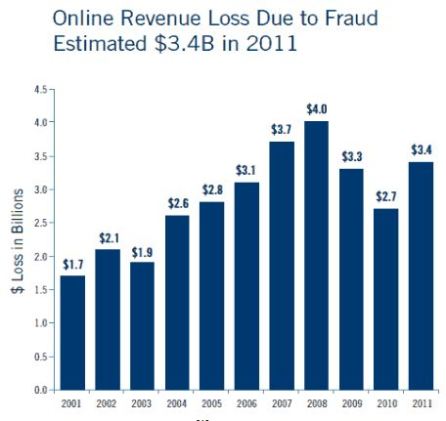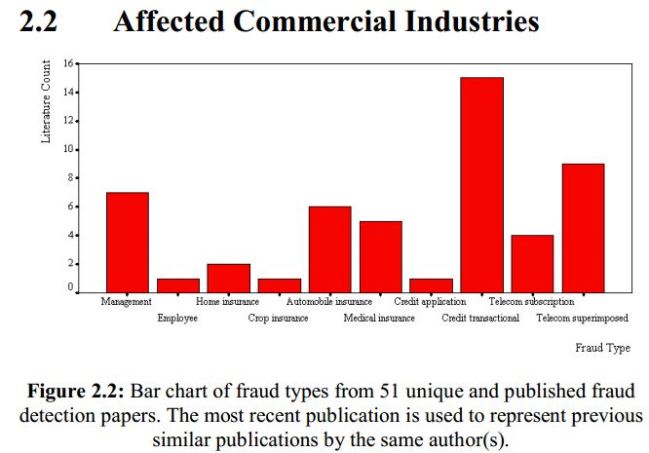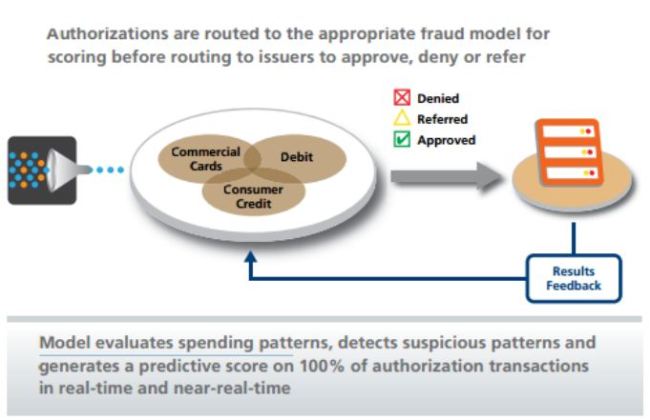In our previous blogs we have discussed in detail about the different technologies used in recommendation systems and the current applications of recommendation systems. In this blog we will focus on trends in the field of recommendation systems and possible domains where they can be used. We will finally touch upon challenges that next generation recommendation systems will face.
New Directions
There are several new domains and avenues that recommendation systems could be put to use in. Described below are some of these areas.
Local Businesses:
A potential area where the use of recommendation systems would be beneficial is in local businesses. Recommendation systems could serve as a bridge between these businesses such as hotels, tourist spots, eateries etc. and the customers. In recent times with the advent of smartphones, users rely heavily on apps such as Yelp, and Tripadvisor while deciding which place to visit. This fact can be leveraged and the data from such companies could be used to provide recommendations to customers. For Example, the recommendation systems could provide suggestions on which restaurant a customer should visit based on whether the cuisine is vegetarian or not, the calorie content, cooking style etc.
Configuration Systems:
Configuration is a design activity which involves composing a target product from a set of predefined components. [2] In such systems usability is always a concern. Recommendation systems could be used to help users select those features that are relevant to them. For instance, all users may not be interested in the GPS feature of a camera. Recommendation could be used to filter out the unnecessary feature from the user’s point of view
Near Real -Time Item Based Deals:
Conventionally, the shopping related recommendations being provided to customers is static. In the future, recommender systems could be used to provide almost real-time deal recommendations and targeted ads.
It is possible for credit card companies to provide information regarding discounts and deals in nearby shops based on the customers purchasing behavior. [1] For instance if a customer purchased a winter coat she could be provided with information on the discounts available for boots almost immediately.
These real time deal recommendations would be extremely valuable for both customers and businesses, and will eventually facilitate creating personalized malls for customers.
Currently depending on the time of the day, group of people present in that area billboards in subway stations display appropriate ads. These customizations could leverage on the real time nature of interactive marketing, and with this data recommendation systems could decide upon what ad is to be placed in that bill board depending on people who are around. This makes way for a more flexible and centralized advertisement broadcasting setup that gives out a very specific ad to connected billboard depending upon the people near the billboard. Such possibilities are also fueled by the boom of internet of things.
Persuasive Software Development:
Development teams work in high pressure conditions and are faced with the challenge of presenting deliverables on time as well as adhering to quality guidelines. Quality can be tied to the understandability of the software. Recommendation systems can be used to inform users about critical sections in the code as well as measures to increase software quality [2].
Pribik et al. introduced such an environment which has been implemented as an Eclipse plugin (www.eclipse.org).[3]
Smart Homes :
Recommendation systems can be used to improve the quality of life at home and to provide a better experience overall. For instance , these systems could suggest the desired setting for the heating ,raise alerts when an unsafe situation is detected, optimizing energy usage etc. This idea could be extended beyond homes to schools and workplaces as well.
POTENTIAL ROADBLOCKS
As the importance of recommendation systems grows, there are third party vendors whose primary focus is to create and sell recommendation systems to clients. The challenges that these companies are faced with have been explained below.
Commoditization:
Vast amount of information pertaining to recommender systems is freely available and easily accessible. In addition to this, there are relatively few patents in this domain. Hence developing recommender systems in-house is not an insurmountable task today. Consequently most companies would prefer developing their own recommender systems in-house. Therefore from the perspective of third parties whose sole product is recommendation systems, obtaining a client contract would be challenging. This threat can be negated to some extent if recommendation system providers bring unique value and provide relevant and contextual recommendations.
Limited Control:
Recommendation systems provided by third party vendors usually make use of proprietary technology that cannot be easily altered. As a result of this, potential clients feel that they have limited control over these systems and the algorithm used. Keeping this in mind it is important for recommendation system providers to keep the clients in the loop. For instance if the client is an online retailer, providing the client with the option to alter the algorithms, select custom algorithm etc. would provide them would more control and would ultimately result in increased revenues.
Privacy:
As we have seen from our previous blogs, the more data recommendation systems have access to the better they perform. This brings in several considerations.
Firstly there are legal factors that come into the picture. For instance, the Data Protection Directive which the European Union follows dictates that organizations need to gain user consent to process their data. [1]Such guidelines make the data collection for recommendation systems considerably more challenging.
In addition to this, there is the customer’s perspective. Customers get bothered when sensitive information is used and when their data is shared with third party recommendation system vendors. They view this as over personalization.
MOVING FORWARD
Up and till recently , recommendation systems have been widely used in only in the developed nations. Currently there is a huge demand for these systems in developing nations as well. Cisco predicts that by 2020 50 Billion devices would be connected to the internet[4]. These devices will be bringing in more real time data that might have an influence on the way recommendation systems work. This can be attributed to two reasons. The first one is that e-commerce in these countries is only now beginning to leave its mark, and the second is the smartphone boom in these nations. Both of these factors provide unique opportunities that recommendation systems can leverage[1].
Considering the wide range of domains that recommendation systems can be used in as well as the demand for them throughout the world, we believe that the importance of these systems will continue to grow. As we have highlighted by means of our previous blogs, the field of recommendation systems is a dynamic and complex one. It will be interesting to see what the future holds!
REFERENCES
[1] Third-party Recommendation Systems Industry: Current Trends and Future Directions – Amit Sharma
[2] Toward the Next Generation ofRecommender Systems: Applications and Research Challenges – Preprint Version of paper published in: Multimedia Services in Intelligent Environments: RecommendationServices, Springer, 8767:81-98, 2013, see:www.springer.com.
[3] Pribik, I., Felfernig, A.: Towards Persuasive Technology for Software Development Environments: An Empirical Study. In: Persuasive Technology Conference (Persuasive 2012). pp. 227{238 (2012)
[4] https://www.cisco.com/web/about/ac79/docs/innov/IoT_IBSG_0411FINAL.pdf















